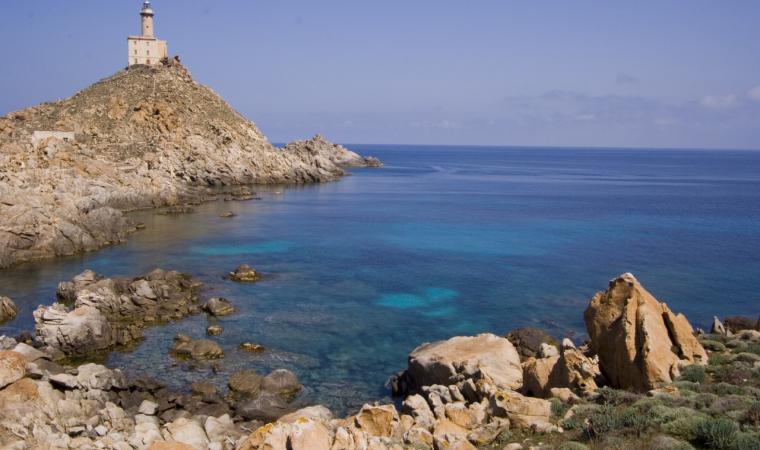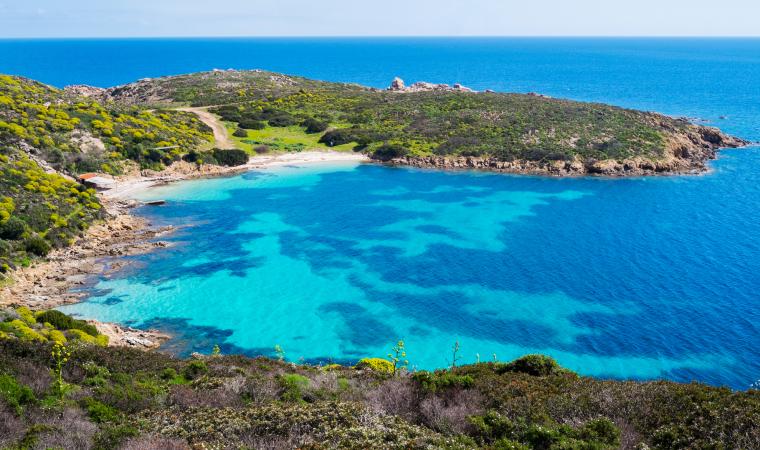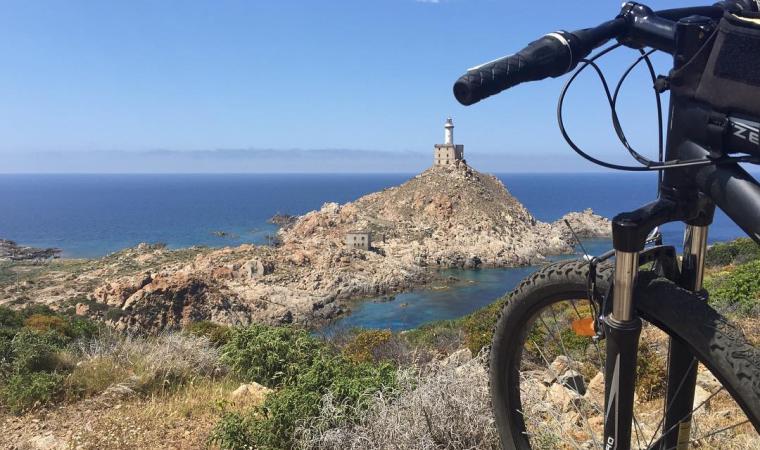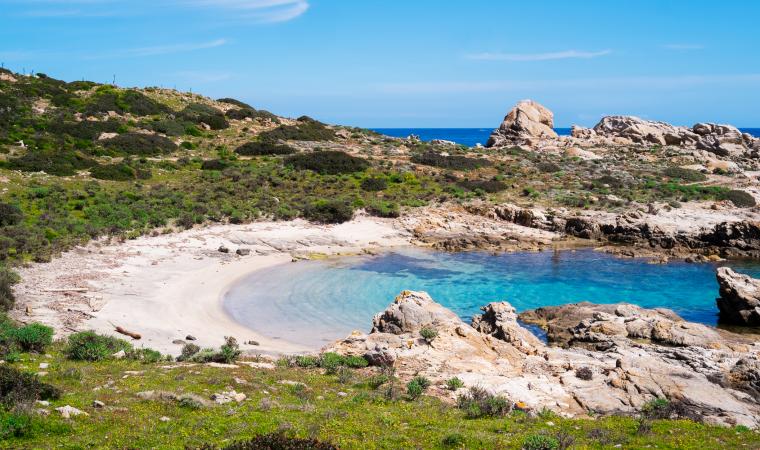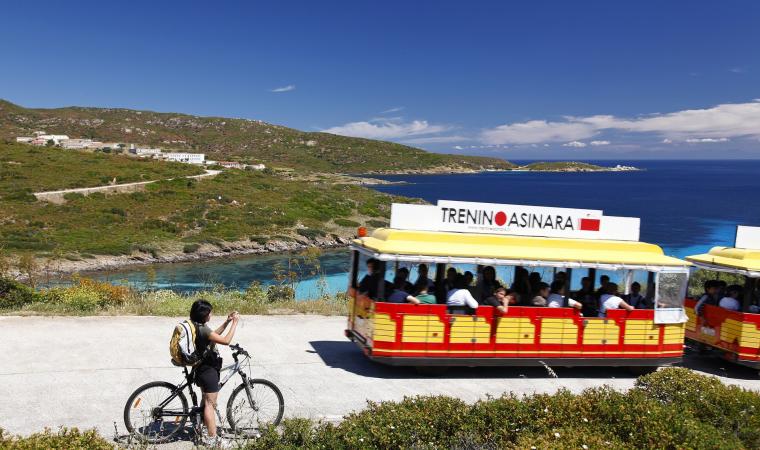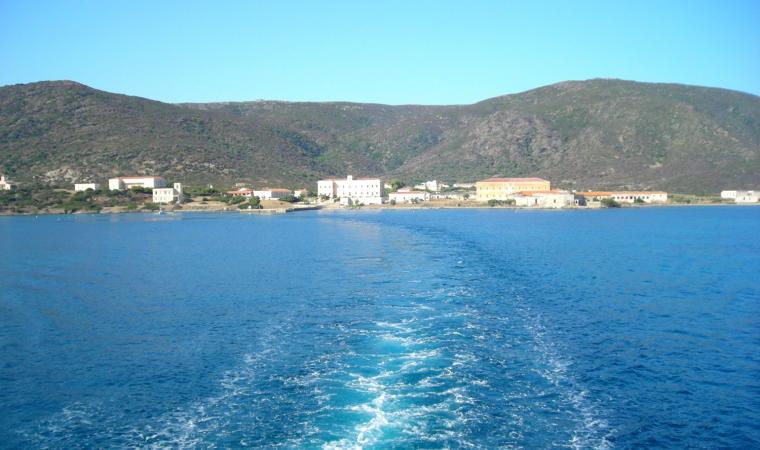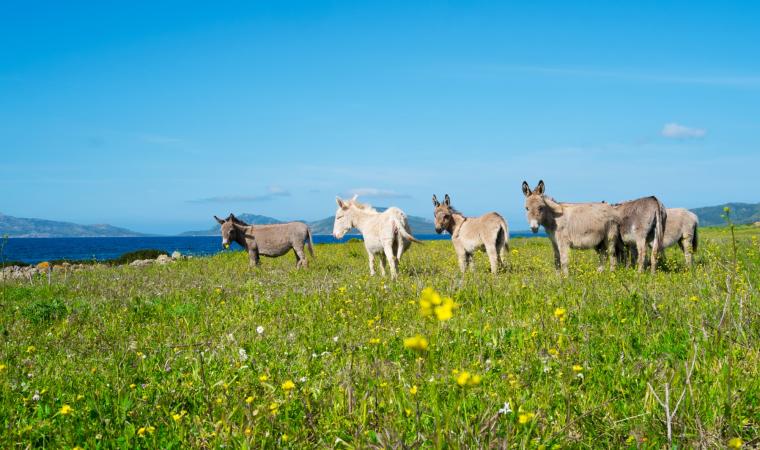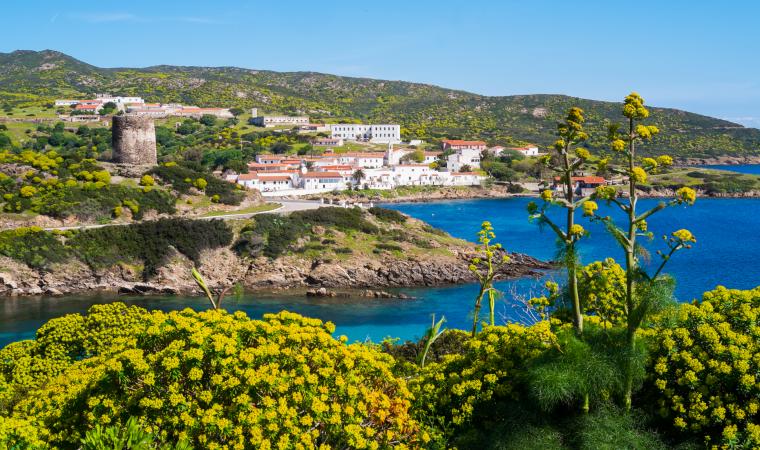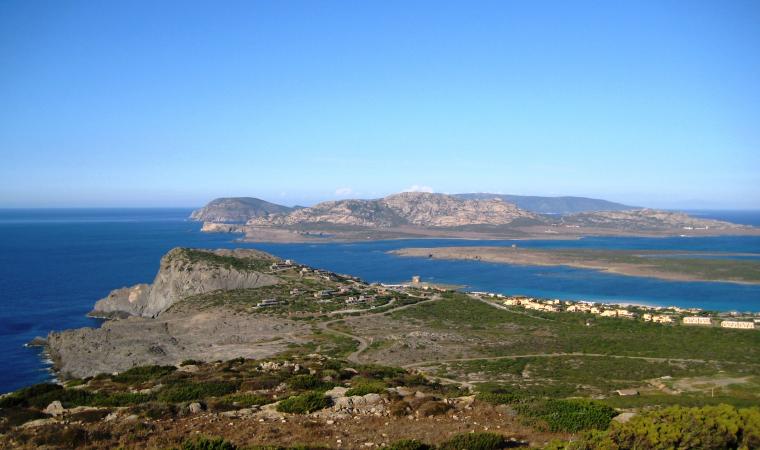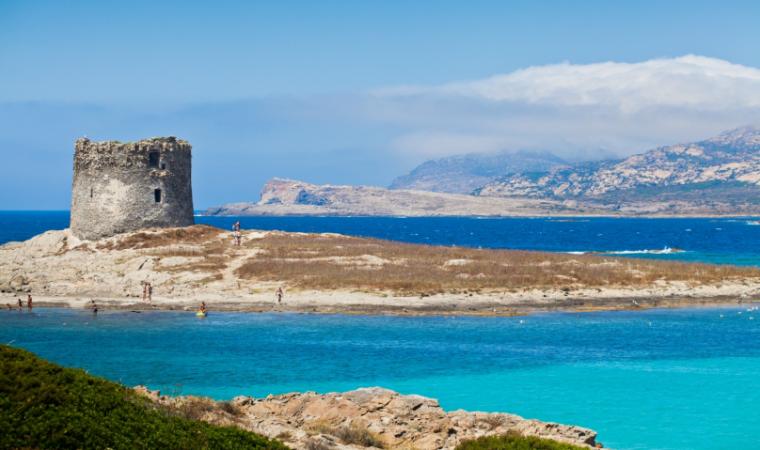Asinara is history, charm and splendour, all wrapped up in nature’s embrace. Once you reach Cala d’Oliva, you’ll be filled with emotion at the sight of the wild coves, the small village, where judges Falcone and Borsellino stayed, and the former penal colony. But the island doesn’t end here: following the ‘path of the lighthouse’, to the north, you will cross Punta Scorno, a ‘strip’ of land that leads to the far edge of Asinara and holds treasures to protect, as well as historical monuments and buildings with a heart rending and melancholic atmosphere. You can follow the path on foot or by bike and, on the way, take a dip in the waters of Cala Sabina, the only accessible beach in the area of full protection of the national park. Then, landscapes to admire and immortalise in your photos await you, along with visits to structures steeped in history and plenty of anecdotes.
The promontory is dominated by the Punta Scorno lighthouse. It is now automated and, ever since it started operating in 1859, it has been regulating naval traffic in the sea of Sardinia. Its beam of white light is visible for up to 16 nautical miles, or almost thirty kilometres. From the top, you can watch over the sea from a position of total solitude, while the white colour of the building makes it stand out against the landscape. It has a three-storey base, originally quadrangular and later remodelled into an 'L' shape, on which the tower supporting the lantern is attached.
Its history is linked to that of the prison: the inmates often volunteered their labour for maintenance work or for transporting materials from the boats to the lighthouse. In this way they could spend more time in the open air and were rewarded with a meal in company, a glass of wine and, in safe conditions, a refreshing dip in the sea. A kilometre and a half further south you will find the former semaphore station. It is a complex in ruins, consisting of the semaphore itself, a dwelling and another structure probably used for storage. The semaphore is made up of two parts, a longitudinal body on two levels, now without a roof, and a turret to the north.
Along the ‘path of the lighthouse’ you will also pass Cala d’Arena, a beach under full protection that can, therefore, only be seen from afar. The inlet is bathed by a turquoise sea, with sand dunes and a juniper grove behind it. Except in summer, the beach is crossed by a torrent that flows into the sea. A little further north stands the tower of Cala d’Arena, one of three – together with those of Trabuccato and Cala d'Oliva – that were built by the Spanish Crown in the 17th century to resist against pirate invasions.


